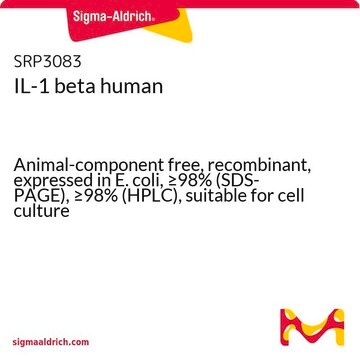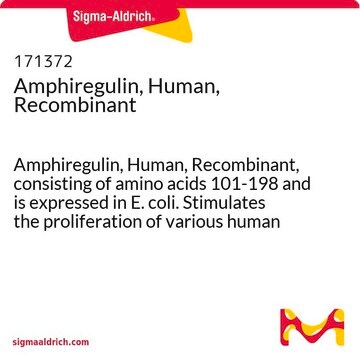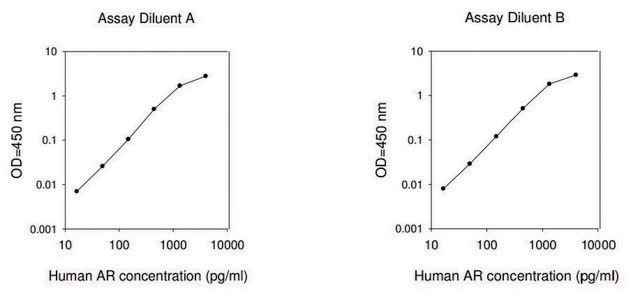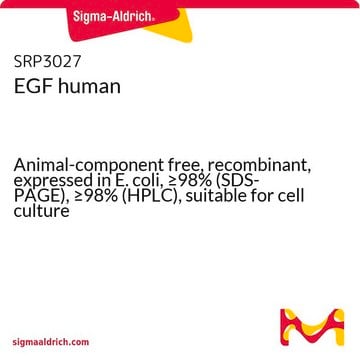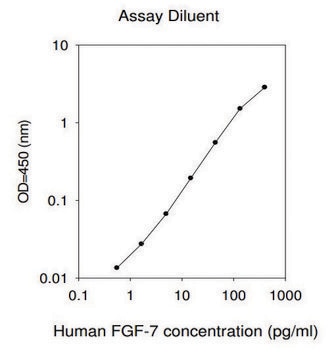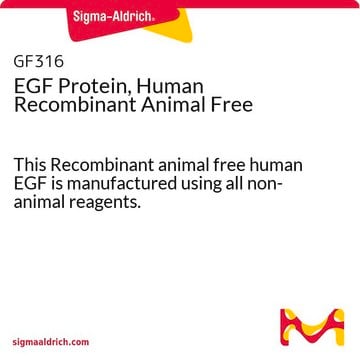SRP4969
Epigen (EPGN) human
recombinant, expressed in E. coli, ≥98% (SDS-PAGE)
Synonym(s):
ALGV3072, EPG, EPGN, Epigen, FLJ75542, PRO9904
Sign Into View Organizational & Contract Pricing
All Photos(1)
About This Item
UNSPSC Code:
12352202
NACRES:
NA.32
Recommended Products
biological source
human
recombinant
expressed in E. coli
assay
≥98% (SDS-PAGE)
form
lyophilized
potency
150-300 ng/mL
mol wt
~7.9 kDa
packaging
pkg of 25 μg
impurities
endotoxin, tested
NCBI accession no.
UniProt accession no.
shipped in
wet ice
storage temp.
−20°C
Gene Information
human ... EPGN(255324)
General description
The precursor EPGN (epigen) is a transmembrane glycoprotein and is widely expressed in human tissues. The precursor is cleaved to give a soluble EGF (epidermal growth factor)-like domain.
Recombinant Human epigen, produced in Escherichia coli is a single, non-glycosylated, polypeptide chain containing 72 amino acids and having a molecular mass of 7.9kDa.
Recombinant Human epigen, produced in Escherichia coli is a single, non-glycosylated, polypeptide chain containing 72 amino acids and having a molecular mass of 7.9kDa.
Biochem/physiol Actions
EPGN (epigen) is a ligand for EGFR (epidermal growth factor receptor). EPGN (epigen) belongs to the EGF family and enhances proliferation in keratinocytes.
Physical form
EPGN was lyophilized from 20 mM PBS buffer pH-7.4 containing 130 mM sodium chloride.
Reconstitution
Centrifuge the vial prior to opening. Avoid freeze-thaw cycles.
Reconstitute in sterile d-H2O not less than 100 μg/ml. For long term storage, it is recommended to add a carrier protein (0.1% HSA or BSA).
Certificates of Analysis (COA)
Search for Certificates of Analysis (COA) by entering the products Lot/Batch Number. Lot and Batch Numbers can be found on a product’s label following the words ‘Lot’ or ‘Batch’.
Already Own This Product?
Find documentation for the products that you have recently purchased in the Document Library.
The EGFR-HER2 module: a stem cell approach to understanding a prime target and driver of solid tumors.
Schneider MR and Yarden Y
Oncogene, 35, 2949-2949 (2019)
Epigen, the last ligand of ErbB receptors, reveals intricate relationships between affinity and mitogenicity.
Kochupurakkal BS, et al.
The Journal of Biological Chemistry, 280, 8503-8503 (2005)
Fetal inhibition of inflammation improves disease phenotypes in harlequin ichthyosis.
Cottle DL, et al.
Human Molecular Genetics, 24, 436-436 (2015)
Our team of scientists has experience in all areas of research including Life Science, Material Science, Chemical Synthesis, Chromatography, Analytical and many others.
Contact Technical Service
